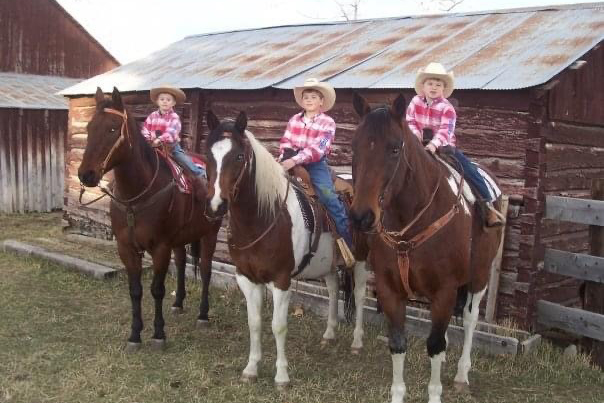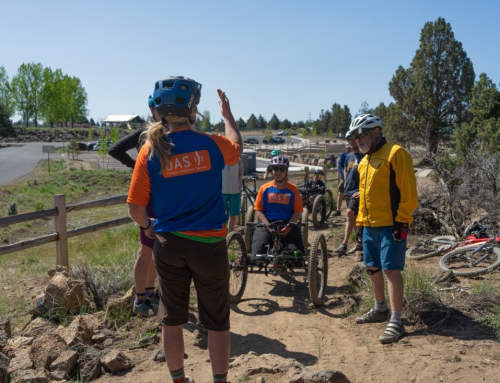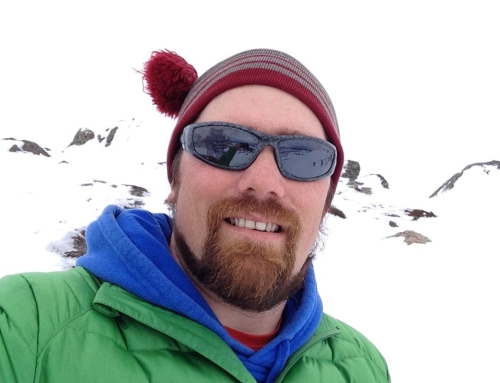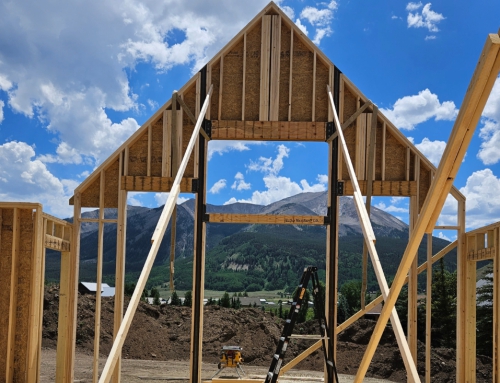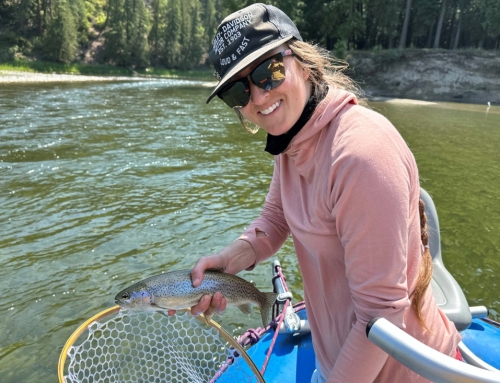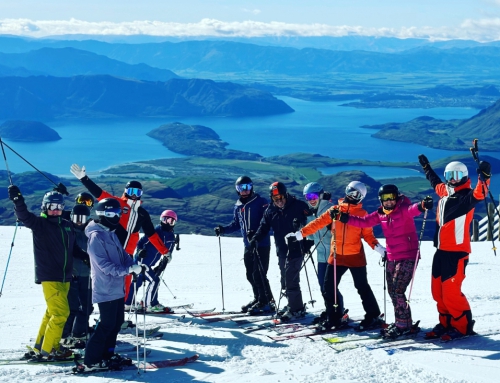32 Degrees: Drawing Parallels Between Ranching and Snowsports
Both Fueled By Multi-Generational Leadership
This article by Eliza Kuntz, PSIA-AASI Board Chair, originally appeared in the Fall 2022 issue of 32 Degrees. You can read the entire magazine here.
I live in Montana. In addition to 15 ski resorts, my state boasts agriculture as its number one industry – which equates to thousands of small ranches and farms throughout our country’s fourth largest state. In fact, Montana has almost as many farms and ranches as PSIA-AASI has members, close to 30,000.
Netflix is fueling increased Montana exposure with its hit Yellowstone, starring Kevin Costner, which brings the intrigue and romance of a cattle ranch to viewers around the globe. The glitz and glamor of the fictitious operation may be a far cry from the lifestyle and business of snowsports, but I can’t help but draw parallels between the dynamics of family ranching and working with several generations in an education association whose members share a love of the outdoors and teaching others.
The Family Succession Plan
Ranching has deep roots in the American West, and the land, stock, crops, and real estate are handed down through as many as five generations here in Montana. I’m sure you and your fellow PSIA-AASI members can relate to this model of several generations working side by side, training each other, serving as role models, and sharing the historical values of life on the ranch (or snow).
But that dynamic isn’t a given – at ranches or within the snowsports industry. It’s no secret that PSIA-AASI’s membership is aging and we need to fill a looming gap with younger members who can carry on our core values and instill new ones. While our volunteer leadership is constantly working to ensure PSIA-AASI remains relevant to younger age groups, it’s also relying on the “Boomers” to help the organization continue its forward momentum. Just as ranching families must pass down their knowledge for the greater good of the ranch, it’s up to the next generation – and the generation after that – to cherish wisdom that stands the test of time but also embrace change and mold new possibilities. It will be up to those younger groups to realize the best way to create a sustainable business for the future.
On a working ranch, each member of the family has a job to do, based on the generational strengths within that family. Communication, consistency, and collaboration must play out equally to maintain and build success.
Within PSIA-AASI, a solid succession plan goes farther than just committing time, energy, and resources to the organization’s future leadership. Successful planning also includes being a good steward in the here-and-now, by making sure the organization is financially sound, has a solid supporter base, and most importantly, is meeting the needs of its members.
Meaningful Change
Members have said via surveys, conversations, and feedback that PSIA-AASI should be more transparent, diverse, and unified, with simpler processes. To do that, we all need to “swing a leg up” (as we say in Montana) and work in support of each other. That support should span generations and each of us must be willing to see and understand the viewpoints of others. And, like on a family ranch, each member of the family needs to pull together, stay on track, and work toward a common goal.
Organizations that fail are ones that are slow to change, slow to realize economies of scale, and slow to use efficiencies successfully. In reference to future planning for his ranch, Costner’s on-screen cowboy character, John Dutton, says “Living day-to-day isn’t living.” I translate this as the fate of organizations that become bogged down by self- interested members focusing on today rather than tomorrow, which holds up forward movement. PSIA-AASI is working diligently to reject a day-to-day mindset, ensuring that the future looks different than the past.
Why Should You Care?
PSIA-AASI is learning to rely on all members and leaders in order to have more impact in the snowsports industry. To be more inclusive as an organization, we must recognize and appreciate the strengths of others and help build each other up for success that spans generations. All too often, family dynamics get in the way of seeing a clear path to success. Our family must continue to recruit and retain, mentor and coach, be open to different operational strategies, and ward off a generational gap that could threaten our future.

